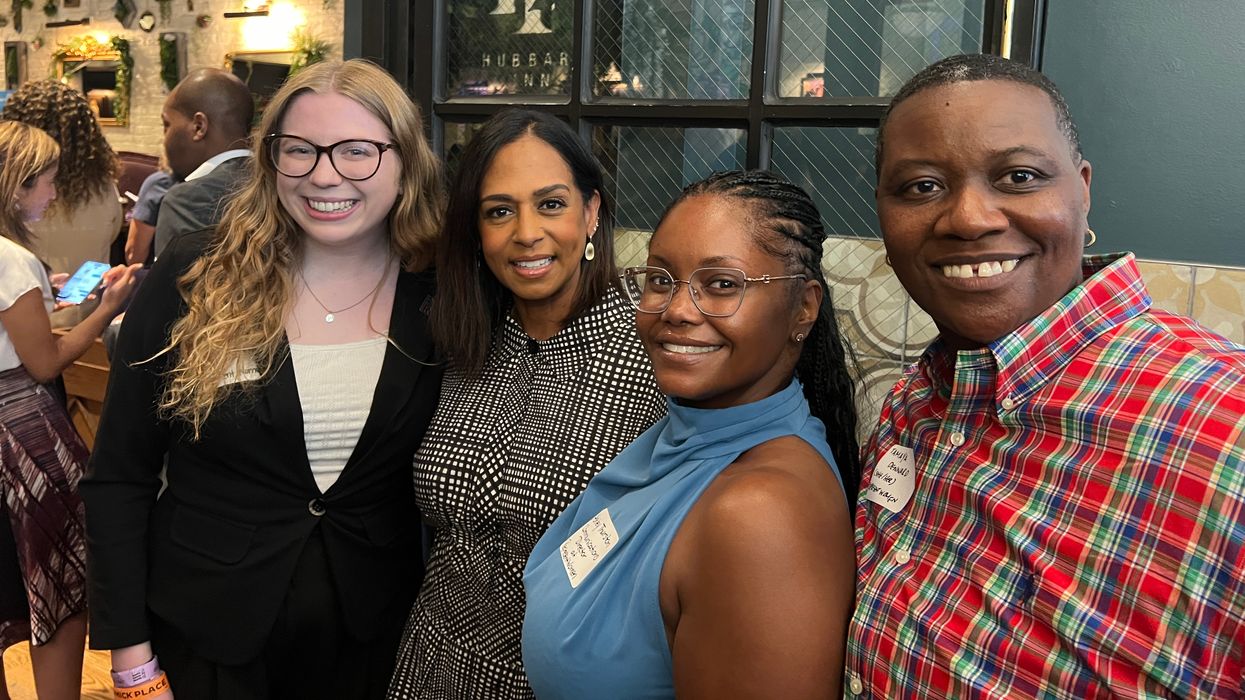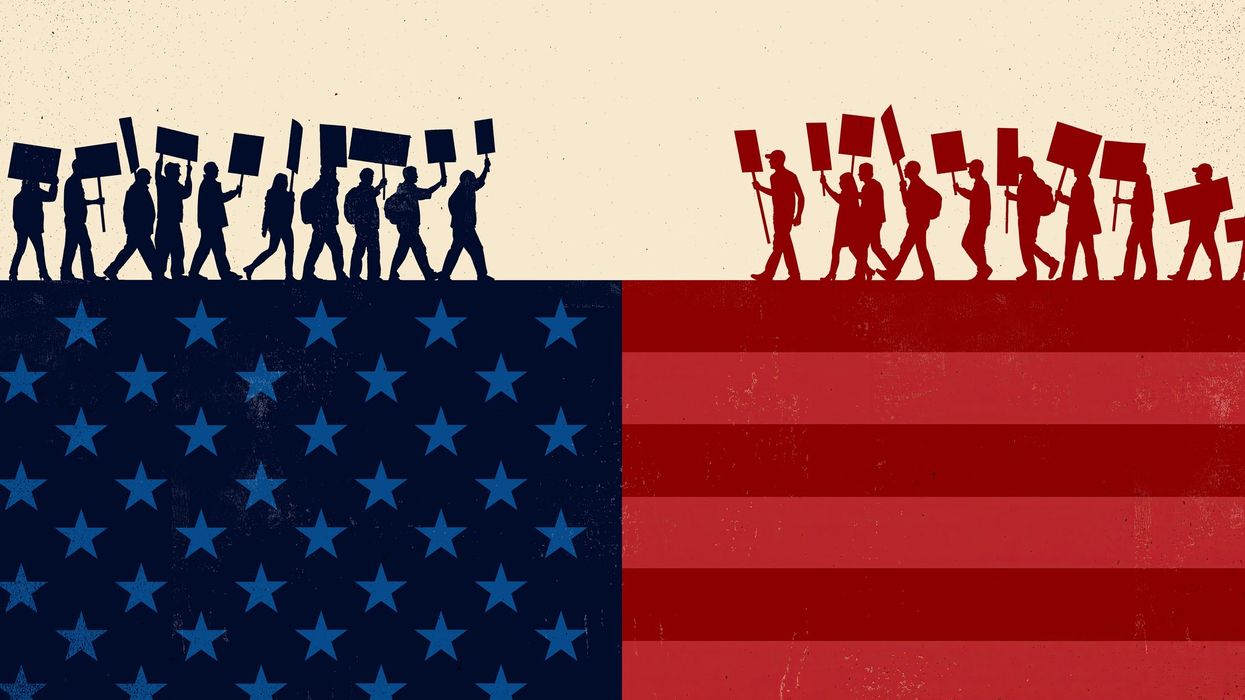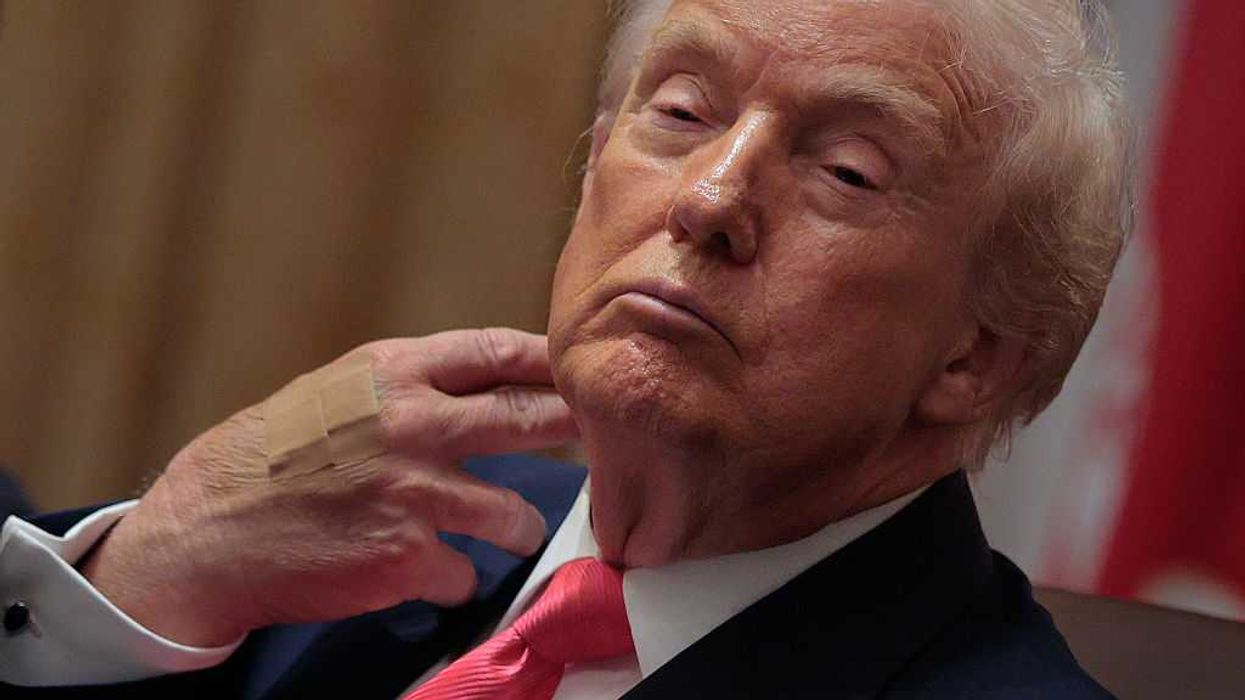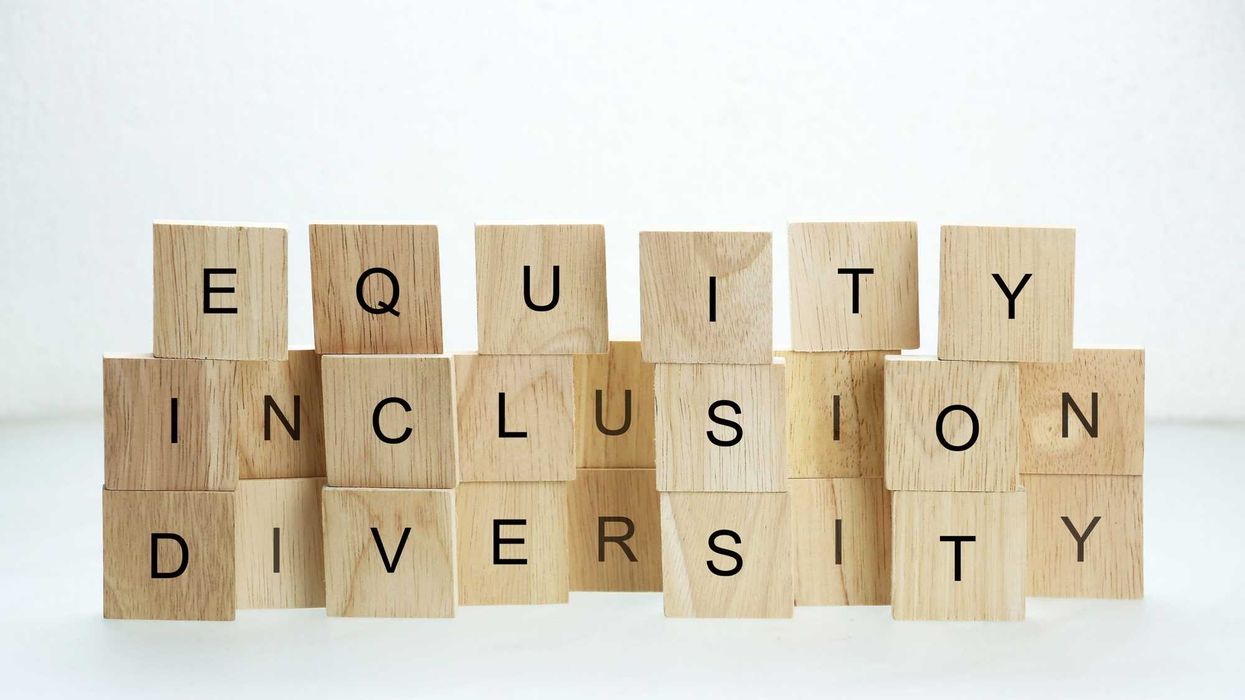Becvar is co-publisher of The Fulcrum and executive director of the Bridge Alliance Education Fund, the parent organization of The Fulcrum.
The struggle for gender parity in politics is far from over, but this week I felt a surge of hope for the future. This optimism stems not only from the increasing prominence of women in political leadership, exemplified by the potential for a woman to win the 2024 presidential election but also from a powerful gathering I attended on Tuesday.
Organized by RepresentWomen and Vote Run Lead, the luncheon was held as an ancillary event to the Democratic National Convention. "Women are the Winning Strategy: Solutions from the States" featured influential speakers such as Rep. Barbara Lee (D-Calif.) and policy advocate Maya Harris, along with women leaders from across the country.
The gathering not only highlighted the critical role of women in shaping the political landscape but also provided a fertile ground for fostering female leadership and activism.
A shared mission
RepresentWomen and Vote Run Lead are united in their commitment to dismantling the barriers that have historically hindered women's participation in politics.
RepresentWomen focuses on structural reforms, including ranked-choice voting and gender quotas, aiming to create a political environment where women can thrive. Vote Run Lead complements this mission by offering training and resources to women aspiring to run for office, equipping them with the skills needed to navigate and succeed in political campaigns.
The synergy between these two organizations is a powerful force in the movement for gender parity. RepresentWomen tackles the systemic issues that keep women out of politics, while Vote Run Lead empowers individual women to step into the political arena with confidence and competence. Together, they are not just advocating for change — they are actively creating it.
Event highlights and speakers
The event was a convergence of powerful voices and perspectives from across the country. Harris, a prominent policy advocate, lawyer, and sister of presidential candidate Kamala Harris, kicked off the speaker lineup, emphasizing the power of strategic planning and community support. Her words were a rallying cry for women to be both participants and strategists in the political process.
Lee, known for her trailblazing career and steadfast advocacy for social justice, shared her journey from a young non-voter to a leading political figure. Her story, which began with her work alongside the legendary Shirley Chisholm, served as a poignant reminder that political engagement can start at any point and lead to profound impact.
As someone who works in the political space but was not initially planning to attend the DNC, I found myself at this luncheon somewhat last minute, arriving solo. Yet, I wasn’t alone for long. The RepresentWomen and Vote Run Lead staff extended warm welcomes, and there was quick camaraderie among the attendees.
I found myself seated with members of the New Mexico delegation. They were welcoming and enthusiastic, and I quickly recognized Secretary of State Maggie Toulouse Oliver from our just-published Faces of Democracy piece profiling her work. She later addressed the gathering, giving an inspiring call to action and introducing the rest of my table of New Mexico leaders. Rep. Teresa Leger Fernandez (D) also spoke, giving a passionate speech that highlighted New Mexico’s achievement as one of the most gender-equal legislatures in the country.
Strategies and impact: Turning inspiration into action
The event was not just a celebration of women's achievements in politics; it was a call to action for gender parity in elected representation and continued advocacy at all levels of governance.
A central theme of the event was the empowerment of women through increased representation and leadership opportunities. The speakers underscored the necessity of diversity in political offices, arguing that a government reflective of its populace is better equipped to address varied societal needs. This message resonated with attendees, many of whom expressed a renewed commitment to pursuing political roles.
Beyond inspiration, the event offered practical and straightforward “asks.” First, to engage in conversation with friends, family and colleagues about the importance of supporting qualified women candidates such as Kamala Harris, who has the potential to break the glass ceiling in national politics.
Second, to encourage women to run for office without waiting for multiple invitations. This was symbolized by the political buttons offered by Vote Run Lead on each table that read, “Run as you are.” The phrase encapsulates a vital message: Women face specific barriers to running, winning and serving, but while we rally for changes to address those barriers, specifically through implementing ranked-choice voting and instating fair legislative practices, organizations like Vote Run Lead can help women to run now, despite those barriers and challenges.
The event's impact was evident in the enthusiastic engagement of the participants. I know I am not the only one who left the luncheon with a clearer vision of their political goals and the confidence to pursue them. As we look to the future, it is imperative to continue supporting initiatives like those of RepresentWomen and Vote Run Lead, which play a vital role in dismantling barriers to women's political participation.
Embracing the momentum: A commitment to gender parity
I’m embracing the momentum generated by this event and committed to working to ensure that women are not only present but prominent in the political arena. As co-publisher of The Fulcrum, I’m dedicated to amplifying the voices of women, not just from the realm of elected representatives and administrators, but also within the field of civic reform and engagement. The journey toward gender parity is ongoing, and with sustained effort and commitment, we can achieve a political system that truly reflects the diversity and strength of our society.
This event was more than just a gathering; it was a catalyst for change. It reminded us all that the fight for gender parity in politics is not just about breaking the tallest glass ceiling in American politics — it’s about ensuring that women have the tools, resources and support they need to not only enter the political arena but to thrive at all levels of service.
We can move forward from this inspiring week carrying the momentum with us, working together to create a political system where every woman has the opportunity to lead and make a difference.



















